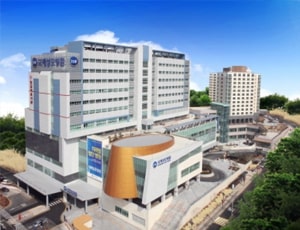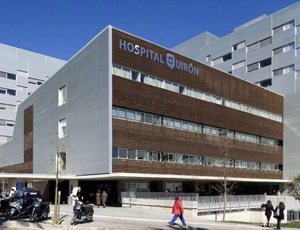Ear correction surgery is a cosmetic procedure that involves changing the size or form of the ears, or pinning them back if they protrude.
Ear surgery is generally safe, and most individuals are satisfied with the results. There are, however, concerns to consider, and they may be costly.
An otoplasty, also known as pinnaplasty, is a procedure that involves pinning the ears back. It's commonly done on youngsters and young teenagers, although it can also be done on adults.
Depending on the patient's age, pinnaplasty is performed under local or general anaesthesia. The procedure normally takes between one and two hours. A cut will be made in the back of the ear, and some skin will be peeled away from the cartilage. The ear is moved closer to the skull by changing the form of the cartilage. The symmetry of the ears can also be corrected by the doctor. Stitches are used to seal the incisions, and a dressing is applied.
You might want to seek ear correction:
If your ear or ears protrude too far from your head
Your ears are disproportionately huge in comparison to the size of your skull
You're not happy with the results of a previous ear surgery
A plastic surgeon or an ear, nose, and throat (ENT) surgeon can perform an otoplasty on an older child or adult under local anaesthesia.
Making a small cut behind the ear to expose the ear cartilage, removing small sections of cartilage if necessary, and stitching the back of the ear to reshape or position it closer to the head are the most common procedures.
Otoplasty procedures normally take 1 to 2 hours. You'll be able to go home the same day if a local anaesthetic is administered.
To help your ears heal in their new position and protect them from infection, you may need to wrap a bandage around your head.
Otoplasty with no incisions
There are no cuts in the skin with this modern approach. It entails injecting a needle into the ear cartilage's surface to make it more flexible. Stitches are used to keep the ear in its new shape or to secure the cartilage to a bone behind it.
If you're wearing a bandage on your head, make sure it's clean and dry. After the bandage has been removed, you will not be allowed to wash your hair.
To protect your ears while sleeping, you may need to wear a headband at night for several weeks.
The stitches may protrude from the skin or cause your ear to be sensitive. Any pain should be treated with pain relievers such as paracetamol or ibuprofen.
The bandage (if required) and stitches (unless they're dissolvable stitches) are removed after 7 to 10 days.
Most youngsters can return to school after 1 to 2 weeks.
Swimming should be fine after 4 to 6 weeks.
Contact sports should be fine after 12 weeks.

Singapore, Singapore
Mount Elizabeth Hospital is a multispecialty healthcare facility operated by Parkway Health. The hos...more
![]() Private Rooms
Private Rooms
![]() Translator
Translator
![]() Nursery / Nanny Services
Nursery / Nanny Services
![]() Airport Pick up
Airport Pick up

Seoul, South Korea
Catholic kwandong university international St Mary hospital is one of its kind hospitals in Korea. I...more
![]() Post operative followup
Post operative followup
![]() Airport Pick up
Airport Pick up
![]() Online Doctor Consultation
Online Doctor Consultation
![]() Free Wifi
Free Wifi

Barcelona, Spain
Quironsalud Barcelona Hospital is built at a very convenient location in Barcelona. The hospital is ...more
![]() Accommodation
Accommodation
![]() Airport Transfer
Airport Transfer
![]() Choice of Meals
Choice of Meals
![]() Interpreter
Interpreter